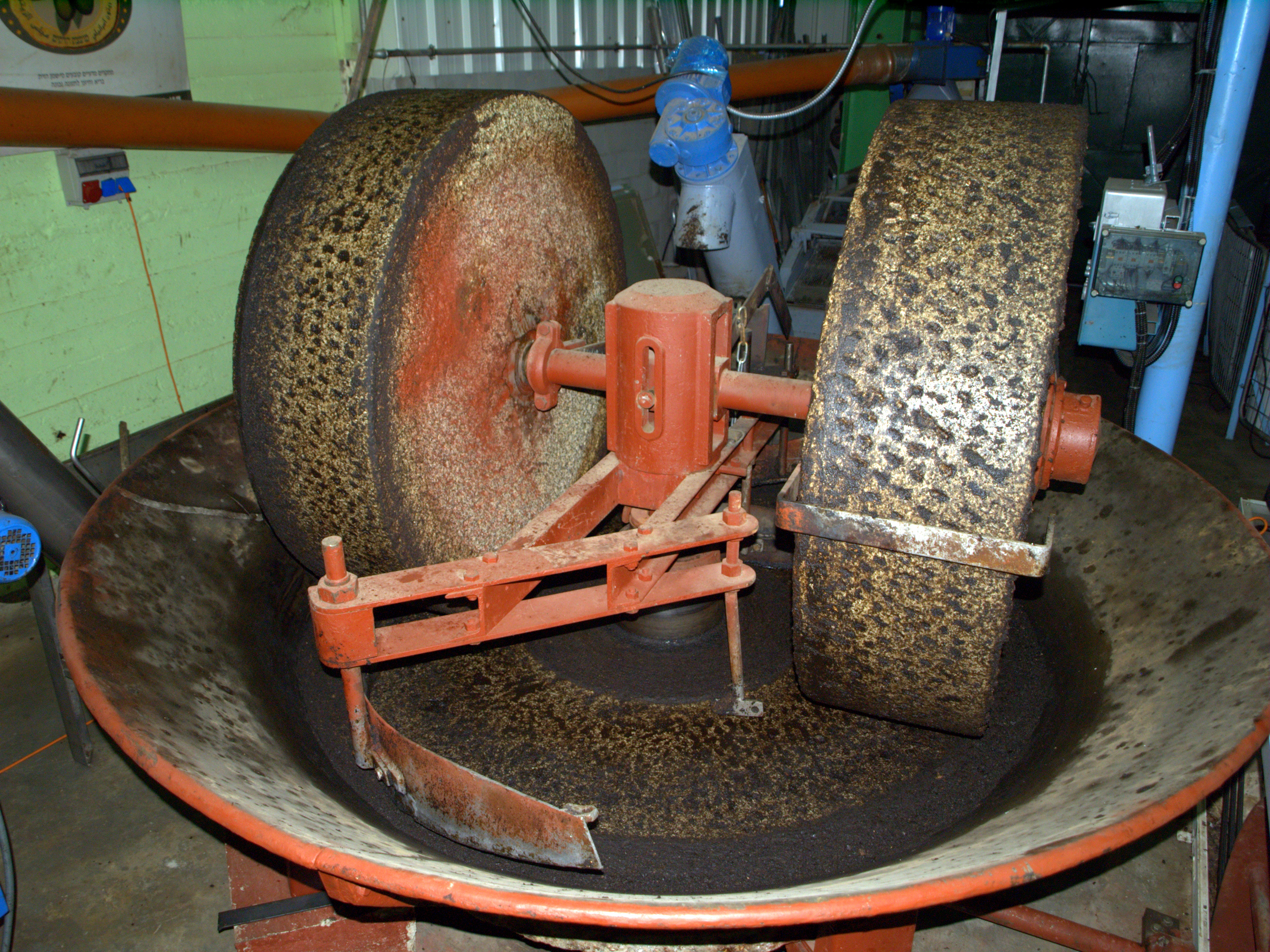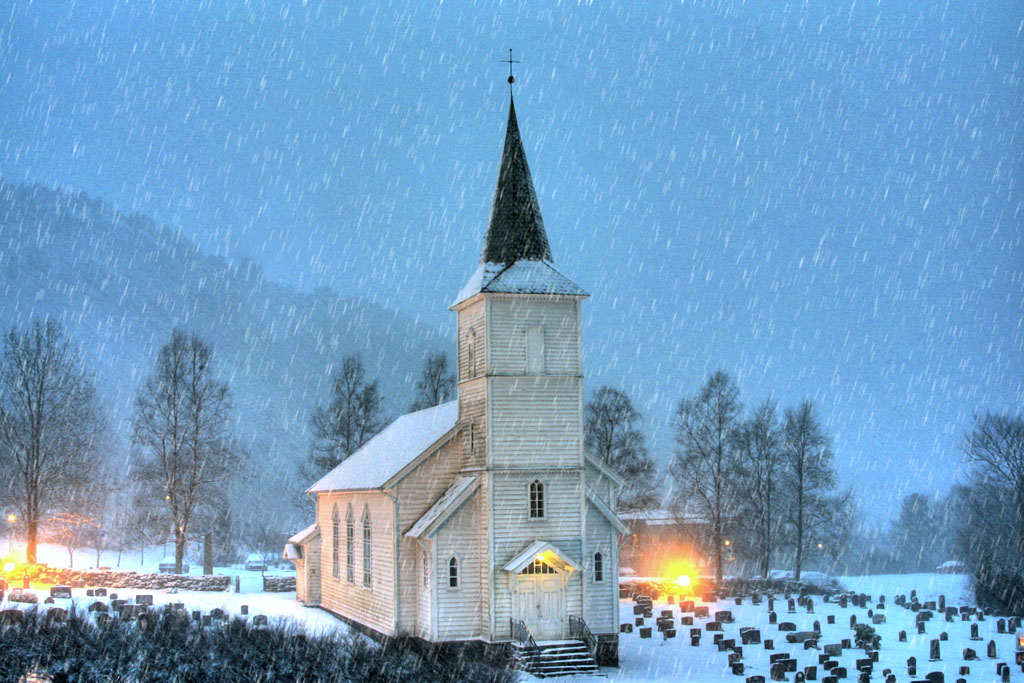|
Hyllestad Municipality
Hyllestad is a List of municipalities of Norway, municipality in the Counties of Norway, county of Vestland, Norway. It is located in the Districts of Norway, traditional district of Sogn. The administrative center is the Hyllestad (village), village of Hyllestad. Other villages in the municipality include Sørbøvågen and Leirvik, Sogn og Fjordane, Leirvik. Hyllestad municipality has existed since 1862 when it was created from parts of the neighboring municipalities of Askvoll and Lavik. Hyllestad is located on the north side of the Sognefjorden, near the mouth of the fjord. The municipality is the 280th largest by area out of the 356 municipalities in Norway. Hyllestad is the 311th most populous municipality in Norway with a population of 1,290. The municipality's population density is and its population has decreased by 11.7% over the previous 10-year period. In 2016, the chief of police for Vestlandet formally suggested a reconfiguration of police districts and stations. ... [...More Info...] [...Related Items...] OR: [Wikipedia] [Google] [Baidu] |
Hyllestad (village)
Hyllestad is the administrative centre of Hyllestad Municipality in Vestland county, Norway Norway, officially the Kingdom of Norway, is a Nordic country in Northern Europe, the mainland territory of which comprises the western and northernmost portion of the Scandinavian Peninsula. The remote Arctic island of Jan Mayen and the .... The village is located at the end of the Hyllestadfjorden, about northwest of the village of Bø and about southeast of the village of Sørbøvågen. The village of Hyllestad is the municipal centre and it is the site of the municipal government, local secondary school, bank, post office, and stores. Hyllestad Church is also located in this village, although it was historically located about to the northeast on the ''Hyllestad'' farm. References Villages in Vestland Hyllestad {{Vestland-geo-stub ... [...More Info...] [...Related Items...] OR: [Wikipedia] [Google] [Baidu] |
Millstone
Millstones or mill stones are stones used in gristmills, for grinding wheat or other grains. They are sometimes referred to as grindstones or grinding stones. Millstones come in pairs: a convex stationary base known as the ''bedstone'' and a concave ''runner stone'' that rotates. The movement of the runner on top of the bedstone creates a "scissoring" action that grinds grain trapped between the stones. Millstones are constructed so that their shape and configuration help to channel ground flour to the outer edges of the mechanism for collection. The runner stone is supported by a cross-shaped metal piece (millrind or rynd) fixed to a "mace head" topping the main shaft or spindle leading to the driving mechanism of the mill (wind, water (including tide) or other means). History The earliest evidence for stones used to grind food is found in northern Australia, at the Madjedbebe rock shelter in Arnhem Land, dating back around 60,000 years. Grinding stones or grindston ... [...More Info...] [...Related Items...] OR: [Wikipedia] [Google] [Baidu] |
Coat Of Arms
A coat of arms is a heraldry, heraldic communication design, visual design on an escutcheon (heraldry), escutcheon (i.e., shield), surcoat, or tabard (the latter two being outer garments). The coat of arms on an escutcheon forms the central element of the full achievement (heraldry), heraldic achievement, which in its whole consists of a shield, supporters, a crest (heraldry), crest, and a motto. A coat of arms is traditionally unique to an individual person, family, state, organization, school or corporation. The term itself of 'coat of arms' describing in modern times just the heraldic design, originates from the description of the entire medieval chainmail 'surcoat' garment used in combat or preparation for the latter. Roll of arms, Rolls of arms are collections of many coats of arms, and since the early Modern Age centuries, they have been a source of information for public showing and tracing the membership of a nobility, noble family, and therefore its genealogy across tim ... [...More Info...] [...Related Items...] OR: [Wikipedia] [Google] [Baidu] |
Hyllestad Church
Hyllestad Church ( no, Hyllestad kyrkje) is a parish church of the Church of Norway in Hyllestad Municipality in Vestland county, Norway. It is located in the village of Hyllestad. It is one of the three churches for the Hyllestad parish which is part of the Sunnfjord prosti ( deanery) in the Diocese of Bjørgvin. The white, wooden church was built in a long church design in 1880 using plans drawn up by the architect Johannes Henrik Nissen. The church seats about 300 people. History The earliest existing historical records of the church date back to the year 1322, but the church was not new that year. Legend has it that Olav Kyrre may have built a church here in the 11th century, but there is no evidence to prove this. The first known church building in Hyllestad was likely a wooden stave church that was located at the Hyllestad farm, about northeast of the present location at the foot of the mountain ("the church mountain"). The exact date of the original construction is ... [...More Info...] [...Related Items...] OR: [Wikipedia] [Google] [Baidu] |
Hordaland
Hordaland () was a county in Norway, bordering Sogn og Fjordane, Buskerud, Telemark, and Rogaland counties. Hordaland was the third largest county, after Akershus and Oslo, by population. The county government was the Hordaland County Municipality, which is located in Bergen. Before 1972, the city of Bergen was its own separate county, apart from Hordaland. On 1 January 2020, the county was merged with neighbouring Sogn og Fjordane county, to form the new Vestland county. Name and symbols Name Hordaland (Old Norse: ''Hǫrðaland'') is the old name of the region which was revived in 1919. The first element is the plural genitive case of ''hǫrðar'', the name of an old Germanic tribe (see Charudes). The last element is ''land'' which means "land" or "region" in the Norwegian language. Until 1919 the name of the county was ''Søndre Bergenhus amt'' which meant "(the) southern (part of) Bergenhus amt". (The old ''Bergenhus amt'' was created in 1662 and was divided into North ... [...More Info...] [...Related Items...] OR: [Wikipedia] [Google] [Baidu] |
Sogn Og Fjordane
Sogn og Fjordane (; English: "Sogn and Fjordane") was, up to 1 January 2020, a county in western Norway, when it was merged to become part of Vestland county. Bordering previous counties Møre og Romsdal, Oppland, Buskerud, and Hordaland, the county administration was in the village of Hermansverk in Leikanger municipality. The largest town in the county was Førde. Although Sogn og Fjordane has some industry, predominantly hydroelectricity and aluminium, it is predominantly an agricultural area. Sogn og Fjordane is also home to the Urnes Stave Church and the Nærøyfjord, which are both listed by UNESCO as World Heritage Sites. The Western Norway University of Applied Sciences has campuses in Sogndal and Førde. Name The name ''Sogn og Fjordane'' was created in 1919; a literal translation is: ''Sogn and the fjords.'' The first element is the name of the region of Sogn, located in the southern part of the county. The last element is the plural definite form of ''fjord'', which ... [...More Info...] [...Related Items...] OR: [Wikipedia] [Google] [Baidu] |
Solund
Solund is a municipality in the county of Vestland, Norway. It is located in the traditional district of Sogn. Solund is the westernmost island municipality in Norway. Holmebåen on the island of Steinsøy is the westernmost point in all of Norway. Most residents of Solund live on the main islands of Sula and Ytre Sula. The administrative centre of Solund is the village of Hardbakke on Sula island. Some other villages in Solund include Kolgrov on Ytre Sula, Hersvikbygda on Sula, and Losnegard on Losna. The municipality is the 295th largest by area out of the 356 municipalities in Norway. Solund is the 345th most populous municipality in Norway with a population of 768. The municipality's population density is and its population has decreased by 9.8% over the previous 10-year period. In 2016, the chief of police for Vestlandet formally suggested a reconfiguration of police districts and stations. He proposed that the police station in Solund be closed. General information ... [...More Info...] [...Related Items...] OR: [Wikipedia] [Google] [Baidu] |
Sula, Sogn Og Fjordane
Sula (; also called Indre Solundøy ) is an island in Solund Municipality in Vestland county, Norway. The island is the main island of the municipality. The island is located at the mouth of the Sognefjorden on the north side of the Sognesjøen, about east of Holmebåen, the westernmost point in Norway. The largest village on the island is Hardbakke. The other main village area is Hersvikbygda on the northern part of the island. The island has a ferry service from the village of Krakhella on the island to the mainland village of Rutledal in Gulen Municipality and also to the village of Losnegard on the neighboring island of Losna, immediately to the east of Sula. Just southwest of Hardbakke, there is a bridge from Sula to the neighboring island of Steinsundøyna to the west. A narrow wide channel separates the two islands. Media gallery File:Solund 01.jpg, View of Sula island (looking southwest) File:Hardbakke.JPG, View of Hardbakke, on Sula island See also *List of i ... [...More Info...] [...Related Items...] OR: [Wikipedia] [Google] [Baidu] |
Prestegjeld
A ''prestegjeld'' was a geographic and administrative area within the Church of Norway (''Den Norske Kirke'') roughly equivalent to a parish. This traditional designation was in use for centuries to divide the kingdom into ecclesiastical areas that were led by a parish priest. ''Prestegjelds'' began in the 1400s and were officially discontinued in 2012. History Prior to the discontinuation of the ''prestegjeld'', Norway was geographically divided into 11 dioceses (''bispedømme''). Each diocese was further divided into deaneries (''prosti''). Each of those deaneries were divided into several parishes (''prestegjeld''). Each parish was made up of one or more sub-parishes or congregations (''sogn'' or ''sokn''). Within a ''prestegjeld'', there were usually one or more clerical positions (chaplain A chaplain is, traditionally, a cleric (such as a Minister (Christianity), minister, priest, pastor, rabbi, purohit, or imam), or a laity, lay representative of a religious tradition, a ... [...More Info...] [...Related Items...] OR: [Wikipedia] [Google] [Baidu] |
Hyllestad Kommunehus
Hyllestad is a municipality in the county of Vestland, Norway. It is located in the traditional district of Sogn. The administrative center is the village of Hyllestad. Other villages in the municipality include Sørbøvågen and Leirvik. Hyllestad municipality has existed since 1862 when it was created from parts of the neighboring municipalities of Askvoll and Lavik. Hyllestad is located on the north side of the Sognefjorden, near the mouth of the fjord. The municipality is the 280th largest by area out of the 356 municipalities in Norway. Hyllestad is the 311th most populous municipality in Norway with a population of 1,290. The municipality's population density is and its population has decreased by 11.7% over the previous 10-year period. In 2016, the chief of police for Vestlandet formally suggested a reconfiguration of police districts and stations. He proposed that the police station in Hyllestad be closed. In the fourth quarter of 2020, there were more than 400 emp ... [...More Info...] [...Related Items...] OR: [Wikipedia] [Google] [Baidu] |







